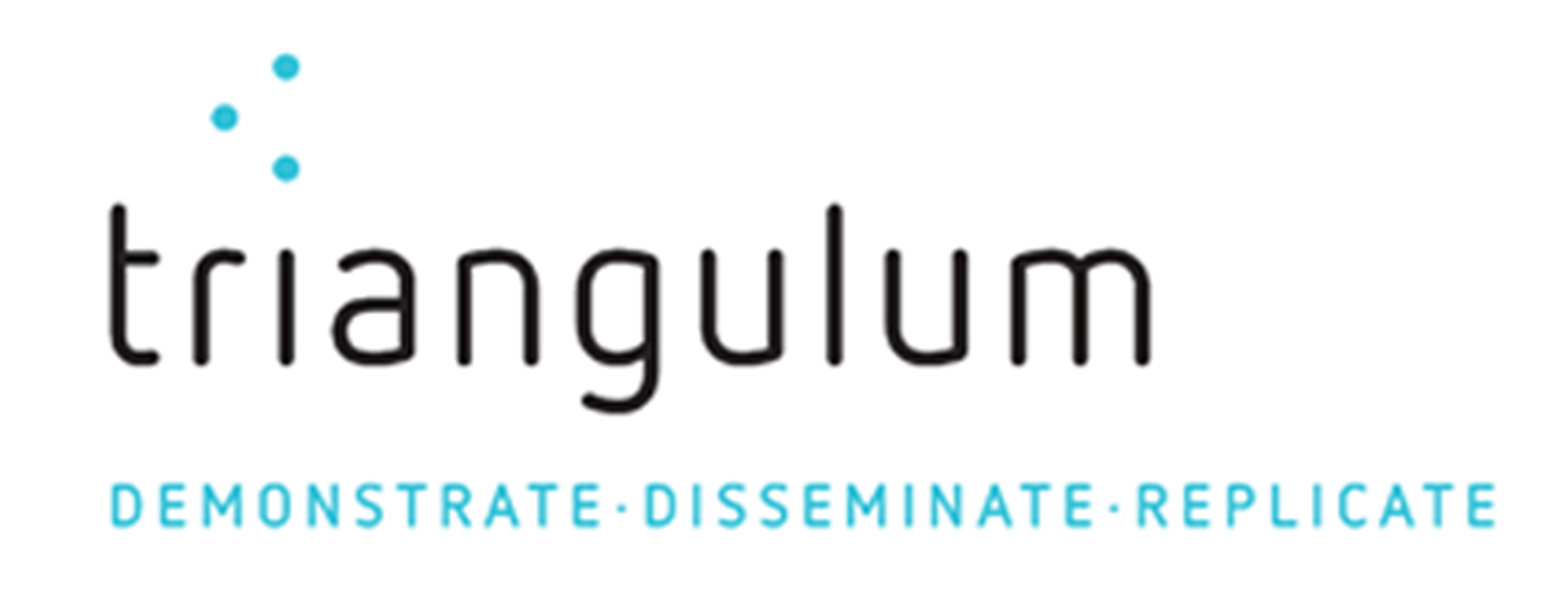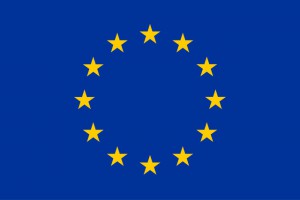City of Stavanger, Norway
Stavanger is the fourth largest city of Norway, with 133 000 inhabitants and Norway’s densest populated municipality. The city is located in northern Jæren and together with Sandnes, Sola and Randaberg, the country’s third largest urban area with around 300 000 inhabitants. The Stavanger society originates from more than 180 nationalities. Stavanger is the administrative, economic and cultural center of Rogaland county and seat for the University of Stavanger, the county governor, county administration and several national and international businesses.
The Stavanger Triangulum consortium consists of the Municipality, Lyse AS (the energy provider and owner of the fiber ICT infrastructure), The University of Stavanger with research partner IRIS and the big data CIPSI centre, the Greater Stavanger Economic Development association and the Rogaland County Council with partner Kolumbus, the public transport company.
As a Smart City Lighthouse through the Triangulum project, a significant impact in the wider context has been achieved beyond the project. Stavanger Municipality has high ambitions on smart city development and has agreed on a roadmap for the smart city to foster its three main drivers; technology, cross-sector cooperation and Citizens engagement. A smart city officer has been appointed and a smart city office is established. Stavanger hosts the Nordic Edge Expo, annually organised in September, the largest Smart City event in the Nordics. The ambition of Nordic Edge is to be the Smart City accelerator that puts the Nordic region on the global map as a vibrant & vital region where innovative solutions for a smarter, safer, greener and better world are fostered.
The strategy of Stavanger is based on a long-term development with respect to environmental issues, diversity, public health and societal security and a long tradition of citizens involvement. The Stavanger region is well known as the energy capital of Europe, but is also challenged to change towards a greener and more sustainable branding. For example: Nordic Edge Smart City Innovation Cluster, the official Norwegian Innovation cluster on Smart Cities and Communities; The Norwegian Smart Care Cluster on welfare technology and the Norwegian Tunnel Safety cluster are located in Stavanger. Since 2009 Stavanger has been a member in the Covenant of Mayors, and coordinates its environmental and sustainable actions accordingly.
The region has a high level of digital service development and provision, due to its High-speed digital infrastructure (1GB in/out in households is common). The Stavanger region is regarded as one of the most innovative regions in Norway; it has ten years in a row been appointed the best business region in Norway and has a practice for close triple helix cooperation among businesses, Academia, and public sector. The region aims at a high degree of knowledge transfer between industries and areas of business.
Lyse AS is a Norwegian industrial group operating within the fields of energy and fibre-based broadband. The Group began operations in 1999 but has roots that extend more than 100 years back in time. The Group is owned by 16 municipalities in the Stavanger region. It has developed into a substantial national operator within renewable energy (hydro electric). With experience from building and operating infrastructure, the Group has established itself as the national leader within fibre-optic broadband, enabling pioneer solutions in content distribution and smart solutions for homes and mobility. Currently, the Lyse Group also positions itself in the emerging European energy transition to digitalisation and flexibility.
The University of Stavanger (UiS) is Norway’s fifth university established in 2004. UiS has 12,000 students and 1,600 Faculties, administration and service staff. In constant collaboration and dialogue with our surroundings, regionally, nationally and internationally, UiS enjoy an open and creative climate for education, research, innovation, dissemination and museum activities. UiS has an innovative and international profile, and a driving force in knowledge development in the process of societal change.
Local Activities
In Stavanger, one district in particular – the central axis from the city centre through the Paradis/Hillevåg area serves as the living lab as part of the Triangulum project. Within this area, substantial changes have taken place;
Stavanger municipality has installed a renewable energy plant for three major municipal office buildings. The plant is using a combination of traditional and new technology. The design reduction in CO2 -emission is between 85 and 90 % compared to the former plant. The use of industrial heat pumps in building heating and cooling gives the Municipality a robust, easily operated system with long service life. The purpose of the municipal project is to demonstrate innovative use of local renewable energy sources other than fossil energy and hydropower. The most important goal of the project is to design and implement new technology for the inspiration of others. Having a sewage system located close to a building or cluster of buildings, a non-traditional heat source for a traditional heat pump system is now being implemented.
By demonstrating the use of a sewer heat pump system, Stavanger shows a development towards a carbon-free society. The Central Energy Plant has also won several awards in Norway for its innovative solution.
Lyse AS leads the task of 100 private homes fitted with integrated solutions and smart generic gateways. Services include heat and light control, innovative video solutions, security/safety features and charging electric vehicles. Stavanger regards smarter homes as a crucial part of building a smart city, due to the opportunities of enabling the inhabitants being part of the process.
Further, a school and a nursing home are involved in the project, aiming at increased user awareness and reduction of energy demand. Through the smart generic gateway developed, installed by Lyse, the inhabitants will benefit from strengthened energy efficiency, building automation and air quality monitoring. Charging of E-vehicles at home is also part of the project, focusing both on end customers and grid operators.
Further, Lyse exploits the existing optical fiber network to deploy HD/4K video services in new sustainable, inclusive and smart contexts both in residential and public buildings to provide a new user-friendly video-call service via regular television screens, called ‘Blink’. By exploiting existing Fiber to the Home Infrastructure (FTTH) new state of the art video services is developed to improve sustainability and quality of life. In the latter case, end customers will be able to use a wider range of visual communication tools with friends and relatives as well as with care personnel.
The primary objectives and expected impacts are to improve society inclusiveness and quality of life for people with limitations on movement outside their residence. In order to reduce transport-based emission, a broad menu of solutions should be made available. Reducing demand for travelling to meetings or medical consultations can make a difference. In addition, increased telecommuting may reduce carbon-emitting mobility, and the energy and time consumed during transport. Thus, the impact of innovative video would also fall within the realm of energy and transportation.
Rogaland County Council is testing new battery buses as part of the ordinary bus fleet, gaining experience on state of the art technology, reduction of carbon emissions to achieve national and international goals. The buses are capable of driving approximately 70 000 km annually. The e-buses are conducted in a coherent, integrated context with the possibility of collecting and analysing data that can be utilised in improving energy efficiency measures, mobility planning and the citizens demand for digital information on real-time basis. The County Council has decided to have a fossil free fleet by 2025, and will use the experience form the Triangulum project to plan for a new Bus Rapid Transport System.
The University of Stavanger develops a cloud data hub for gathering and analysing big data from the project, all 22 partners included.
The Cloud Data Hub utilizes a group of open source technologies that offer a high-level analysis and management on large and varied datasets, as far as it will be applicable for the citizens and replicable for other cities and businesses. The data analytics toolkit can be used to quantify impacts based on data collected across the Lighthouse cities.
As digitized technologies continuously produce data through their operations, failing to collect and extract value from these data invariably represents a lost opportunity. The analytics toolkit will enable partners to harness the potential represented by the data they generate and share. The aim is exploiting the data sources, combining a variety of different data sources, analysis of high volumes of data at high speed and to integrate them into an overall framework.
The goal is to be an enabler in adding value from data, and to provide the various partners with tools so that their particular interests can be realized.
Greater Stavanger Economic Development AS focuses on spreading knowledge on the new integrated solutions of the project. Greater Stavanger is the regional hub for economic development and growth in the Stavanger region and aims at contributing to green growth, innovation and readjustments for businesses. Greater Stavanger Economic Development concentrates on regional co-creation and global opportunities. The Stavanger Region Brussels Office is part of Greater Stavanger.
Key measurables are:
– Lowering emission, both by enabling people to make the right choices and introducing equipment and infrastructure for electric mobility
– Improve the quality of public transportation and thus increase its competitiveness compared to individual motor car traffic
– Smarter houses make cities smart: decision support, energy control, safety and comfort
– Lowering energy consumption both in dwellings and public buildings
– 75 % of the heating requirement to be covered by renewable energy sources and 80% reduction of carbon footprint compared to previous solutions
– Meaningful citizen involvement in everyday life: “What I do really matters”
– Seeking business opportunities globally
Impact
For the Stavanger region, Triangulum means making a difference for its citizens, and enabling new business and research to be spread both in mature and new markets.
Videos
Have a look at what the Triangulum project means for the citizens of the Stavanger region.
Stavanger University’s role in the Triangulum Project
Contact:
Local coordinator
Gerd Seehuus
Stavanger Kommune
gerd.seehuus@stavanger.kommune.no
Taskleader local communication/dissemination:
May Endresen
Greater Stavanger Economic Developments AS
may@greaterstavanger.com
Website: www.stavanger.kommune.no


